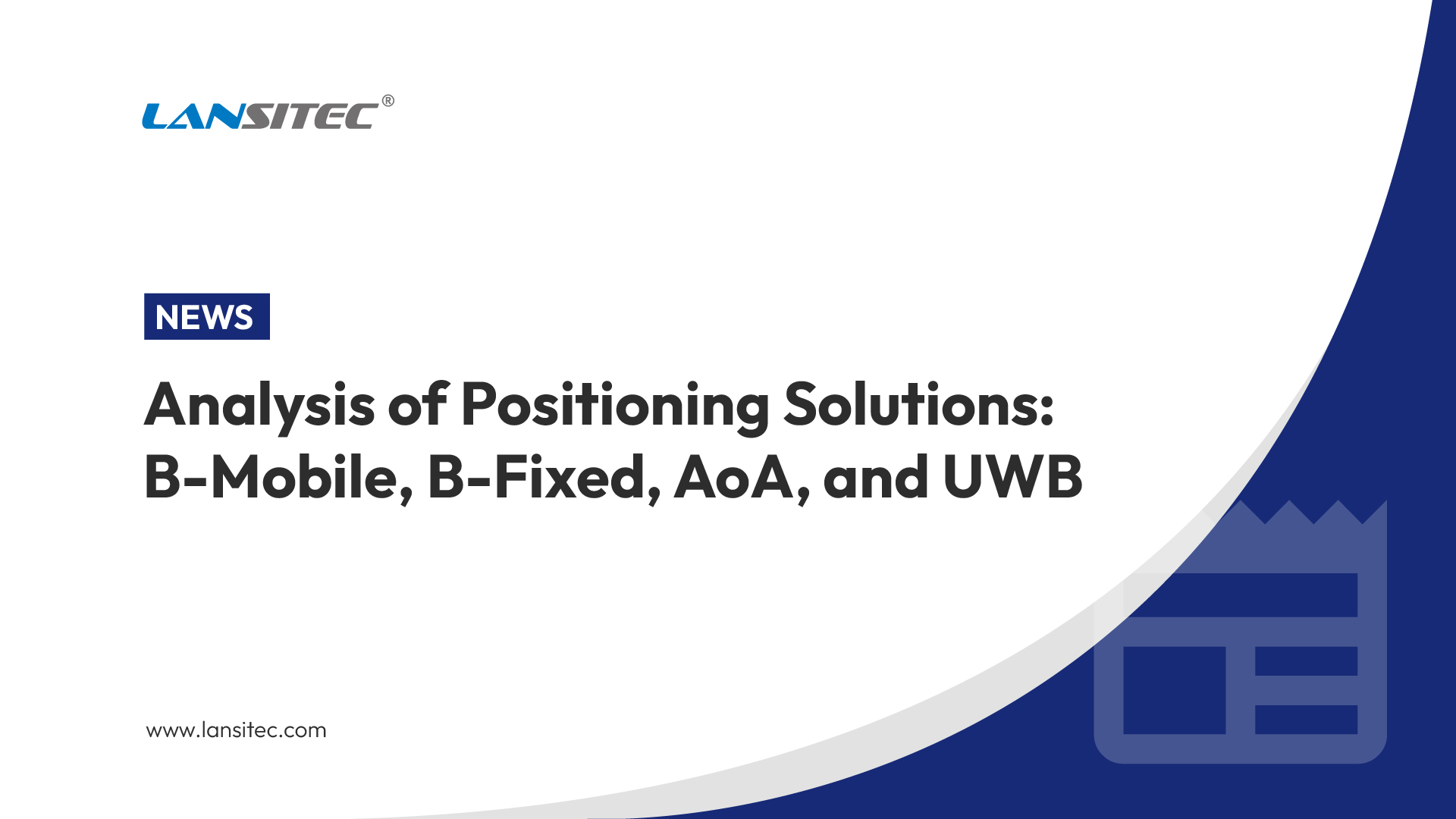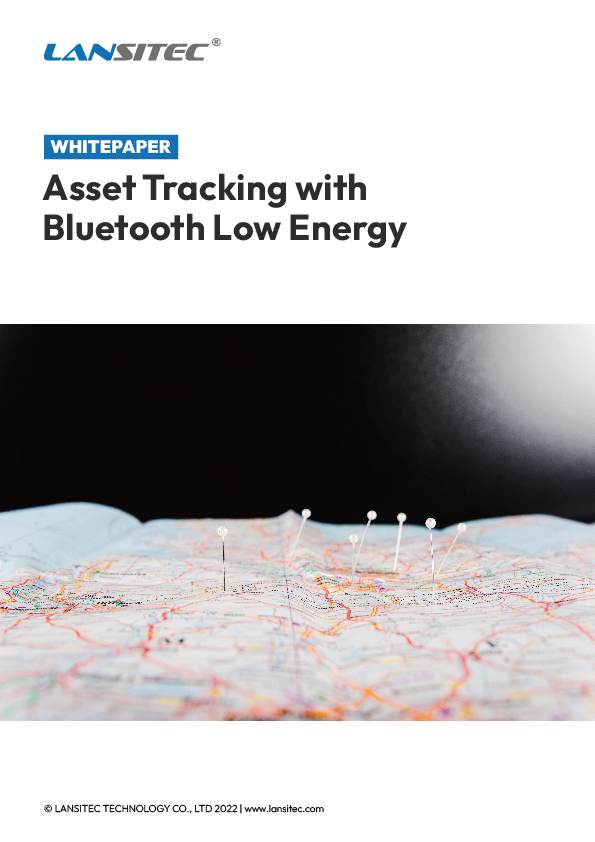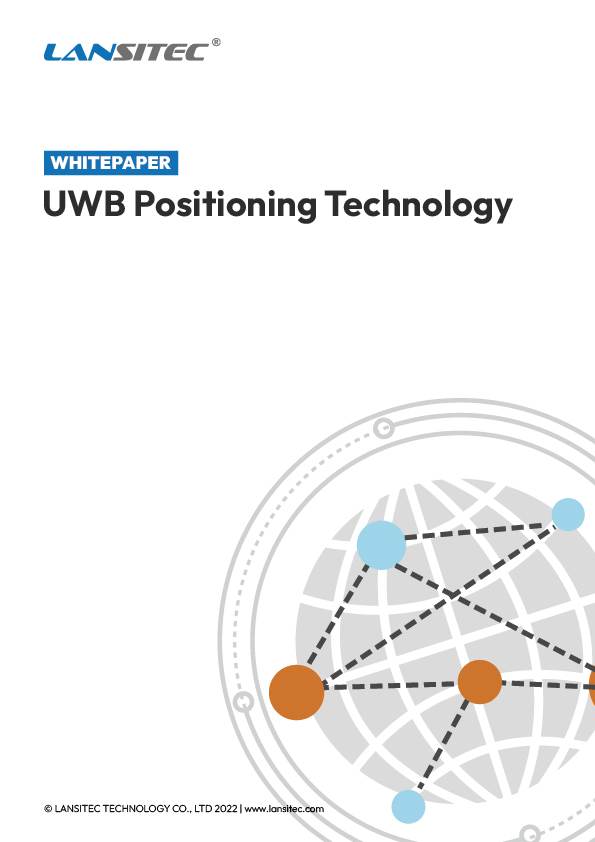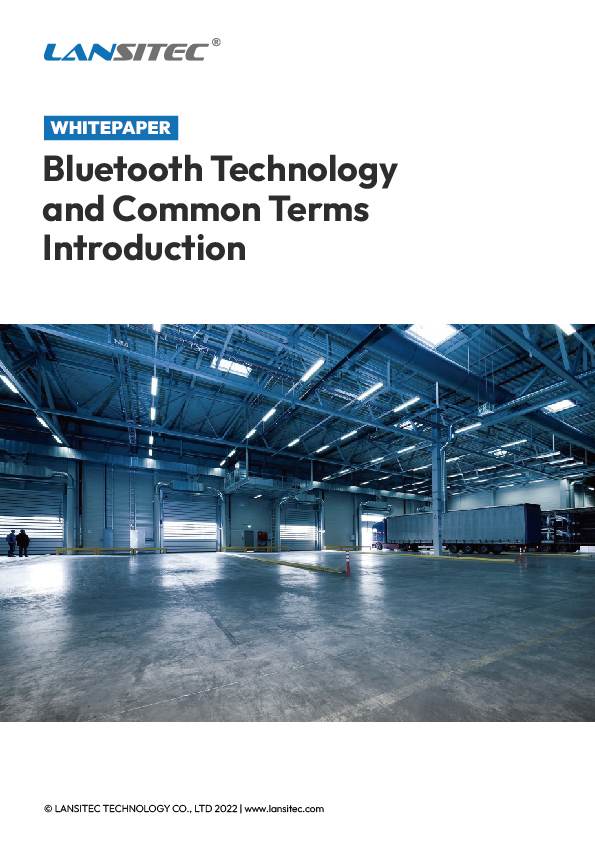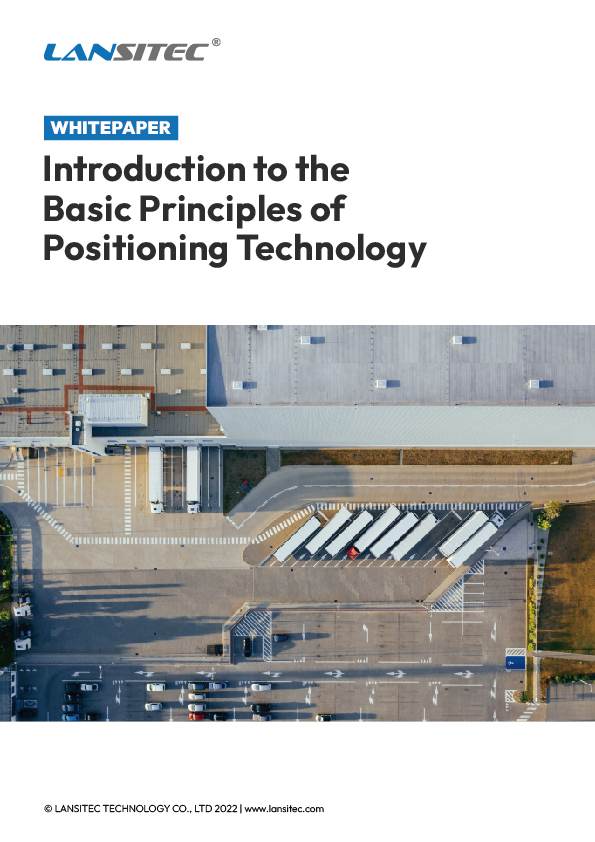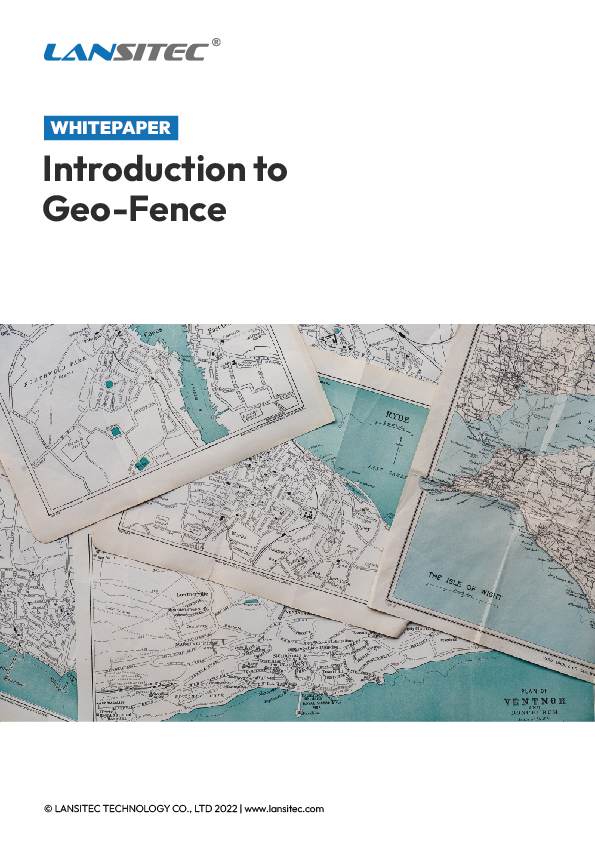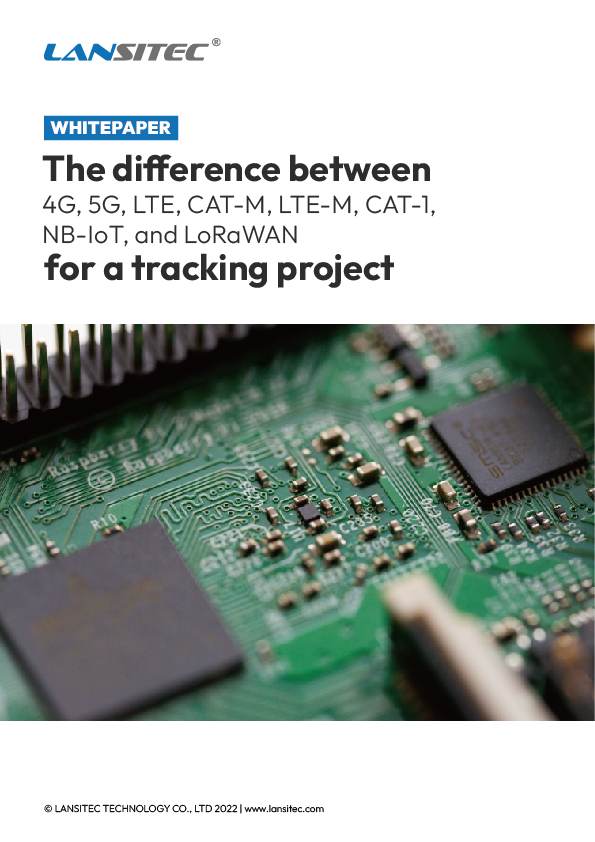Executive Summary
As sectors progressively emphasize efficiency, safety, and immediate data insights, positioning technology has become essential for tracking assets and managing personnel. Lansitec, a top provider of advanced location-based services, presents four main positioning solutions: B-Mobile, B-Fixed, Angle of Arrival (AoA), and Ultra-Wideband (UWB). This comparative study examines the core technology of each solution, its deployment needs, precision, cost, and optimal applications. By comprehending these distinctions, organizations can take informed actions that correspond with their operational objectives, financial plans, and technological landscape.
Introduction of B-Mobile, B-Fixed, AoA, and UWB
Positioning technology is crucial for contemporary industrial processes. From automation in warehouses and ensuring workforce safety to tracking assets and implementing geofencing, precise location information enables more informed decision-making. Lansitec specializes in developing diverse positioning solutions tailored to various industry demands. This document provides an in-depth comparative analysis of Lansitec’s four main offerings—B-Mobile, B-Fixed, AoA, and UWB—covering their technologies, deployment scenarios, and practical applications.
B-Mobile, B-Fixed, AoA, and UWB Technology Overview
Lansitec’s positioning solutions are built on a combination of wireless communication protocols and sensing techniques. Below is a breakdown of the core technologies:
Electromagnetic Wave-Based Technologies
| Technology | Description | Strengths | Limitations |
|---|---|---|---|
| Bluetooth (RSSI) | Measures signal strength (RSSI) to estimate proximity. Used in B-Mobile and B-Fixed. | Low-cost, widely available, energy-efficient. | Limited accuracy (2–5 meters), signal interference. |
| Bluetooth AoA | Determines signal direction via antenna arrays for improved accuracy. | High precision (0.1–1m), ideal for indoor tracking. | Requires specialized hardware and calibration. |
| UWB (Ultra-Wideband) | Measures the time-of-flight of radio pulses for centimeter-level precision. | Ultra-high accuracy, resistant to multipath effects. | High cost, complex installation. |
Communication Protocols
| Protocol | Function | Strengths | Challenges |
|---|---|---|---|
| LoRaWAN | LPWAN uses unlicensed bands for long-range communication. | Long battery life, low power, and wide coverage. | Susceptible to interference, limited bandwidth. |
| NB-IoT | LPWAN over licensed LTE bands. Reliable, cellular-based data transmission. | Strong coverage, secure, suitable for remote environments. | Latency, infrastructure dependency, and higher cost. |
Lansitec Positioning Solutions
1. B-Mobile
Description: B-Mobile employs Bluetooth beacons fixed to staff or items, along with Bluetooth gateways placed in stationary locations. The system transmits location data to a centralized server via LoRaWAN, NB-IoT, or alternative backhaul networks.
Key Features:
- Room-level presence detection.
- Accuracy: ~3–5 meters with two-point positioning.
- Gateways act as receivers; servers compute actual positions.
Deployment:
- Gateways are mounted on walls or ceilings.
- Beacons are carried by individuals or affixed to assets.
Use Cases:
- Personnel safety monitoring in healthcare or factories.
- General asset tracking in warehouses.
- Entry/exit alerts using geo-fencing.
Pros:
- Cost-effective.
- Scalable and easy to maintain.
Cons:
- Dependent on line-of-sight and signal strength.
- Limited to meter-level accuracy.
2. B-Fixed
Description: B-Fixed flips the B-Mobile configuration: Bluetooth beacons are installed at fixed points, while personnel wear badge-like trackers. Location is determined by signal strength as tracked devices pass fixed beacons.
Key Features:
- Real-time location with geo-fencing.
- Accuracy: ~2–3 meters using RSSI.
- Transmits data via LoRaWAN or NB-IoT.
Deployment:
- Static Bluetooth beacons at gateways, walls, or checkpoints.
- Mobile units (badges or tags) are worn or carried.
Use Cases:
- Tunnel safety systems.
- Visitor tracking in secured zones.
- Event management and access control.
Pros:
- Affordable and flexible deployment.
- Minimal hardware is required for personnel.
Cons:
- Susceptible to environmental signal variation.
- Accuracy is not suitable for fine-grained tracking.
3. Angle of Arrival (AoA)
Description: Lansitec’s AoA solution utilizes Bluetooth Low Energy and direction-finding antennas to identify the angle from which a signal is received. This enables the precise triangulation of a device’s location.
Key Features:
- Accuracy: 0.1–1 meter.
- Real-time tracking with motion trail capabilities.
- Requires fixed, synchronized anchor nodes.
Deployment:
- Strategically installed AoA gateways with antenna arrays.
- Devices emit BLE signals that receivers interpret directionally.
Use Cases:
- Real-time inventory management.
- Indoor navigation for personnel or AGVs.
- Hazardous area compliance.
Pros:
- Sub-meter accuracy.
- Detailed movement history.
Cons:
- Precision installation required.
- Medium overall cost due to infrastructure complexity.
4. Ultra-Wideband (UWB)
Description: UWB systems use ultra-short radio pulses to calculate the precise distance between tags and anchors via time-of-flight measurements. The result is highly accurate, real-time location data.
Key Features:
- Accuracy: 0.1–0.5 meters.
- Robust against multipath and RF interference.
- Requires synchronized UWB anchors and mobile trackers.
Deployment:
- Anchors installed in a 3D configuration for triangulation.
- Tags affixed to equipment, personnel, or robots.
Use Cases:
- Tool tracking in high-precision manufacturing.
- AGV and robot navigation.
- Secure access and high-value asset monitoring.
Pros:
- Best-in-class accuracy.
- Reliable in dense, complex environments.
Cons:
- High system and maintenance costs.
- Complex calibration and setup.
Comparative Summary
| Criteria | B-Mobile | B-Fixed | AoA | UWB |
|---|---|---|---|---|
| Technology | Bluetooth RSSI + LoRa/NB-IoT | Bluetooth RSSI + LoRa/NB-IoT | Bluetooth AoA | Ultra-Wideband |
| Accuracy | 3–5 meters | 2–3 meters | 0.1–1 meter | 0.1–0.5 meter |
| Deployment Complexity | Low | Low | Medium | High |
| Power Consumption | Low | Low | Medium | High |
| Cost | Low to Medium | Low to Medium | Medium | High |
| Best For | General tracking | Tunnel or perimeter tracking | Indoor precision | Complex, high-precision environments |
Selecting the Right Solution for Tracking
Choosing the right positioning solution requires balancing trade-offs:
Key Decision Factors:
- Accuracy Needs: Do you need sub-meter precision or room-level presence?
- Operational Environment: Is it an indoor, outdoor, or mixed setting? Are there obstructions?
- Scalability: Will the solution need to scale across buildings or regions?
- Power Budget: Can the devices be frequently charged, or must they last for years?
- Budget: Consider both CapEx (hardware) and OpEx (installation, maintenance).
Recommendations by Use Case:
- Warehousing & Retail: Start with B-Mobile or B-Fixed for cost-effective asset and personnel tracking.
- Healthcare & Tunnels: B-Fixed for safety compliance and real-time movement tracking.
- Manufacturing & Logistics: AoA for precise internal asset movement and flow analysis.
- Autonomous Systems & Robotics: UWB for precision-critical operations.
Conclusion
Lansitec’s diverse positioning portfolio ensures there is a solution for nearly every industrial tracking challenge. Regardless of whether an organization values cost, precision, ease of implementation, or long-term growth, Lansitec provides flexible solutions to satisfy those needs. As positioning technologies advance, investing in the appropriate system now lays the groundwork for tomorrow’s smarter, safer, and more efficient operations.
By synchronizing technical skills with business goals, organizations can utilize Lansitec’s knowledge to achieve a competitive advantage via enhanced visibility, efficiency, and control.

